It is good to have the best ideas about the best music and songwriters. Your post about the Brothers in Atmos Guy Fletcher on Mixing Mark Knopfler and Dire Straits in Atmos are good and to find More details we can find the best detail about the studios and the songwriters who did great in his career.
Brothers in Atmos: Guy Fletcher on Mixing Mark Knopfler and Dire Straits in Atmos
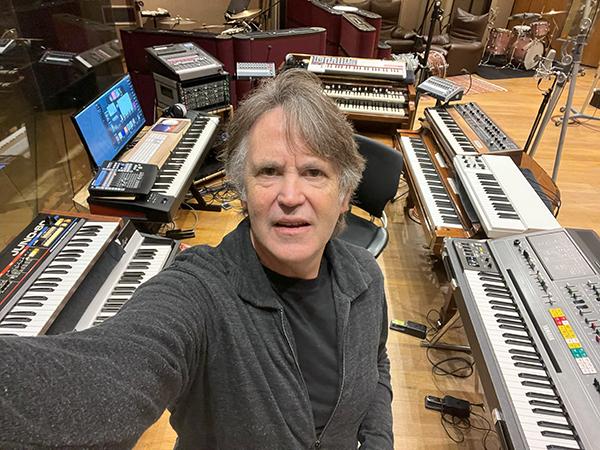
If anybody has Mark Knopfler’s ear, it’s Guy Fletcher. He’s the legendary British singer/songwriter/guitarist’s longtime go-to production partner, having essentially been Knopfler’s right-hand man ever since he played keyboards and sang background vocals on Dire Straits’ international phenomenon of an album, May 1985’s Brothers in Arms.
Though Fletcher’s topline co-production credits didn’t begin surfacing on Knopfler’s solo albums until the mid-2000s, his aural stamp has been a part of Knopfler’s sonic footprint for the past four decades. His latest handiwork can be found on Knopfler’s tenth solo album, One Deep River, which was released by EMI on Blu-ray on April 12, 2024. The BD features the core album’s 12 songs plus five bonus tracks, all mixed by Fletcher in Dolby Atmos, as well as being available in both 24-bit/96kHz and 24/192 stereo options. (One Deep River is also available on vinyl, CD, and digital formats. The Atmos mix is also available digitally via Apple Music.)
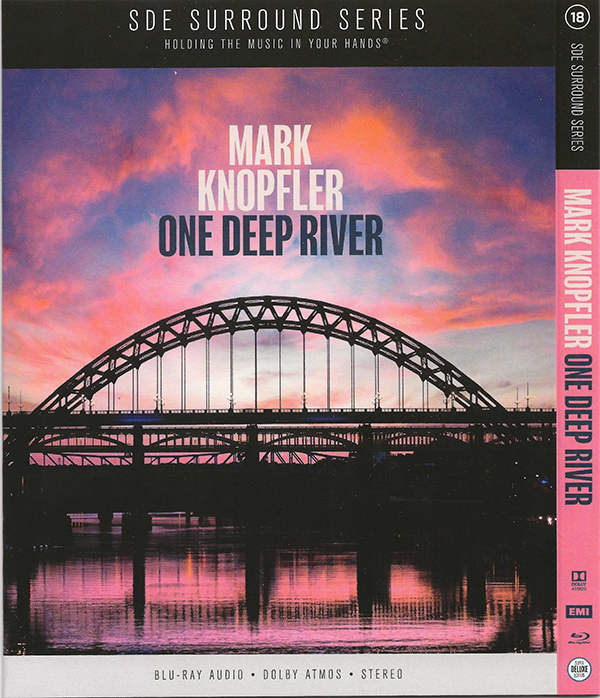
From the J.J. Cale-esque Okie chug ’n’ churn underlying the signature MK verse-response riffage in the right quadrants on “Two Pairs of Hands” to the all-channel sneer and shifting vocal effects on “Scavengers Yard” (“Hello!”) to the brush-drum anchoring and wafting pedal-steel and fiddle texturing of “This One’s Not Going to End Well”—plus the sweet female background vocals and lead-guitar snarls on the poignant time-passages bonus track, “The Living End”—Fletcher has truly put the atmosphere into this Atmos mix.
“In terms of Mark’s music, I just thought that, for the amount of work we’ve put into this new album, it just lends itself to that format,” Fletcher explains. “Plus, given the fact that Mark had just invested in an Atmos room at British Grove [Studios, in West London, England, where the album was recorded], it would be kind of daft if we didn’t herald it as being something that was worthwhile.” Given Fletcher’s deep River results, the future of Atmos is in a good pair of more-than-capable hands.
On our early morning Zoom call across the Pond, Fletcher, 63, and I discussed how he convinced Knopfler that he had no choice but to release One Deep River in Atmos, which Dire Straits tracks are his favorite Atmos mixes to date, and what Knopfler solo material he’d like to tackle in Atmos next. What it is, I’m juggling here / I’ve only got two pairs of hands. . .

Mike Mettler: According to what Mark told me directly, you are the man—or should I say, the guy (both chuckle)—who sold him on the idea of mixing One Deep River in Atmos, because he was initially very skeptical about the idea. How did you change his mind?
Guy Fletcher: Well, first of all, I said that if he didn’t do it, he was crazy. (MM laughs) Especially considering Mark being what he represents for audiophiles, and the general high quality of his work over the years. He’s always been known for being on the cutting edge—and, in my opinion, Atmos is the cutting edge. For me, it’s one of the best ways to listen to music.
I mixed the Dire Straits’ Money for Nothing compilation album at British Grove in Atmos [in 2022], and that seemed to be pretty well-received. It just made sense to me, and once Mark thought about it—it was actually over Christmas [2023]—he obviously changed his mind.
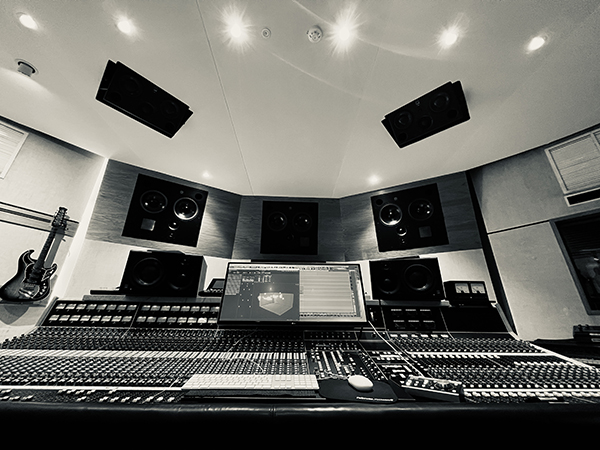
Mettler: I’m really glad he did. On a number of One Deep River tracks like “Ahead of the Game” and especially “Tunnel 13,” your Atmos mixes give me a sense of where people are in the room at British Grove Studios while they’re playing with each other. I feel like that has to be some part of your Atmos-mixing thought process, because you’re also in the middle of those sessions as a musician yourself, so you actually see where everyone is positioned. After seeing some of your photos showing who’s where in the studio while you were recording, I get specific visual cues in my mind when those songs unfold in Atmos.
Fletcher: It’s interesting you say that because the way we thought about it when we were doing those Atmos mixes was, we want you to be able to step inside—not necessarily into where the band are playing, but obviously that’s where you end up—but to step inside the mix. You’re able to get inside it, and hear the spaces between the instruments.
And that’s really all we wanted to do in Atmos—all we wanted to convey. Mark didn’t want to do anything flashy at all because Mark is all about the song, which is what you’ve picked up on. So, yeah, that’s all we wanted to do, to just be able to immerse you in it—in the song.
Mettler: Oh good, because that’s exactly what I’ve been getting here as a listener. From your point of view as the literal guy who did the Atmos mix, is there any One Deep River track that you’d say is the optimal one for people to start with?
Fletcher: You mentioned “Tunnel 13.” I couldn’t wait to get to do that one. That was always going to be my favorite, just because of the whole atmosphere. and the story. It’s such a fabulous story, and to be able to relate it to the guitar that he plays on it is just a lovely, lovely little thing. [The line in the song goes, “Tunnel 13 is the place in the song / Where the beautiful redwood for my guitar came from.”]
Mettler: That’s one of my favorites too. You’ve also mixed some Dire Straits material in Atmos. When you were working on Brothers in Arms material, did you refer to Chuck Ainlay’s 5.1 mixes that he did about 20 years ago for that album’s anniversary SACD and DVD-Audio releases?
Fletcher: Chuck was very much pioneering that kind of mixing, and I learned so much of what I know now through Chuck. He’s just a tremendous engineer.
The whole experience of creating Atmos mixes for Dire Straits music was pretty spectacular. Obviously, with Atmos, the ideal way is to go right back to the very beginning—to the bare multitracks—and recreate it. But recreating something from that era is quite a challenge, actually, because of just the way things sounded back then.
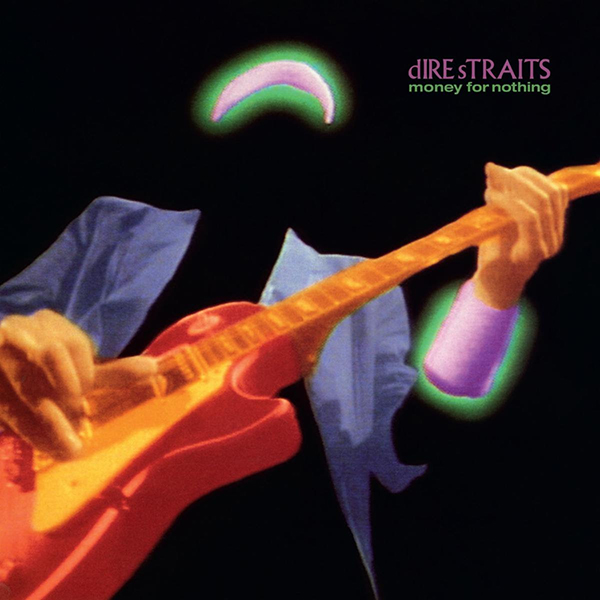
Fletcher: I’ve got a lot of the multis [i.e., the multitracks] for the Dire Straits catalog. They’ve given them to me mainly because I had to put the Money for Nothing compilation album together, which was my first official Atmos project [released digitally on Apple Music in 2022]—and talk about baptism by fire!
As you can imagine, every single song on that album came from a different era [essentially, from 1977 to 1991], so you’ve got almost every different format imaginable, from 24- to 16-track analog through the digital domains. So, sourcing the multitracks was a challenge. It took a long time.
And it was really only possible because Mark’s two labels—Universal, and Warners in America—got their heads together to basically get someone in charge of the database because there are tapes everywhere all over the world, and being able to pull them in and actually knowing where they all are is a challenge for labels. All labels nowadays are getting their heads around this whole concept of re-releasing stuff in Atmos, so they need to know where all the multis are.
Mettler: I have to say, on the Money for Nothing compilation, “Private Investigations” [originally Side 1, Track 2 on September 1982’s Love Over Gold] is absolutely one of my favorite things I’ve heard in the full 360-degree format.
Fletcher: That track was the first thing where I asked Mark to come in and listen, because I thought he needed to hear the Atmos of that one. He was very reluctant—and this is way before we’d gotten to this conversation about the new album [i.e., One Deep River].
But once he heard it, he started getting involved, and we began moving things around. We did some things that are different in Atmos from the stereo. because Mark wanted it that way. So, he kind of got a little bit of the Atmos bug at that time—and that was over a year and a half ago now that we did that mix. And then he got cold feet again (chuckles), but now he’s fully back into it.
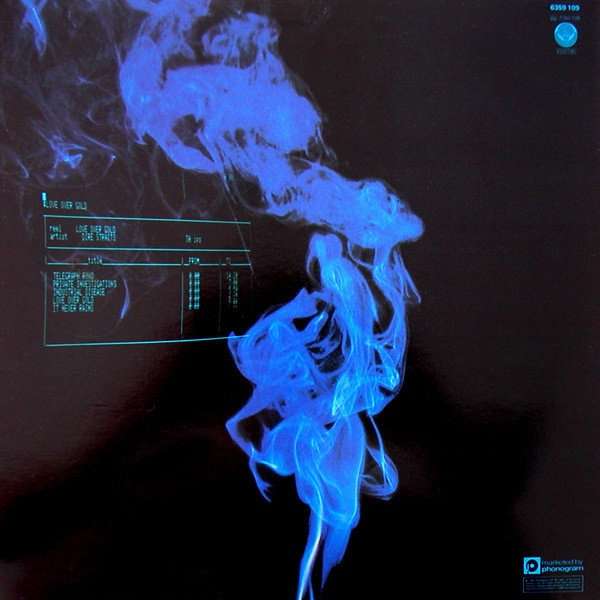
Mettler: I’m glad you brought him back around! (chuckles) There are some potentially challenging volume swells in “Private Investigations” and other details like the shuffling footsteps and breaking glass. There’s a lot of character to that Atmos mix, to the point where I feel like the smoke effect on the back cover of the original album is what’s actually happening while I’m listening to it. The Atmos mix makes me feel like the smoke in the detective agency is coming up and around me.
Fletcher: Exactly, exactly! Well, I’m really glad it works. And then there’s “Telegraph Road” after that [a live version of the lead track from Love Over Gold]—they’re pretty epic together, aren’t they? (both chuckle)
Mettler: Beyond epic, I’d say. Since we’re on a Love Over Gold kick, can I humbly request you mix that album’s final song, “It Never Rains,” in Atmos at some point?
Fletcher: That’s an absolutely fantastic idea. To have the opportunity to get inside those songs is what Atmos gives you. I think everybody should have access to it—I really do. Songs like “It Never Rains” do lend themselves to the format. I’m a lucky guy, really, to be able to do this kind of mixing.
Mettler: Well, I’m really glad you’re doing it. The first couple of Dire Straits albums are a little more self-contained in terms of the arrangements and instrumentation, but what you did with “Sultans of Swing” [the linchpin track from June 1978’s Dire Straits] in Atmos takes an iconic song to another level. Given how you’ve played that song live an endless number of times yourself, did you feel any pressure when working on “Sultans of Swing” in Atmos?
Fletcher: Well, there was a bit of pressure there, definitely, with “Sultans.” (chuckles) Now, I’ve just pulled up “Down to the Waterline” [the opening track on Dire Straits] to see how I laid it out in Atmos, and it’s a “wow” moment—it really is. Talk about a song being perfect for Atmos. That’s the beginning of the band. It’s exciting stuff.
Mettler: It sure is. Now that you’ve done these albums in Atmos, is Mark going to give you the green light to go ahead and Atmos-ize his entire catalog, both for Dire Straits and his solo material?
Fletcher: Yes, I want to do it. Yeah, absolutely—I want to do it.
Mettler: Okay, so, let’s see—Guy’s not sleeping for the next six months. He’s got to mix like, what, 20 albums in Atmos, and. . .
Fletcher: (laughs) Hey, I’m never going to complain about that. I love it.
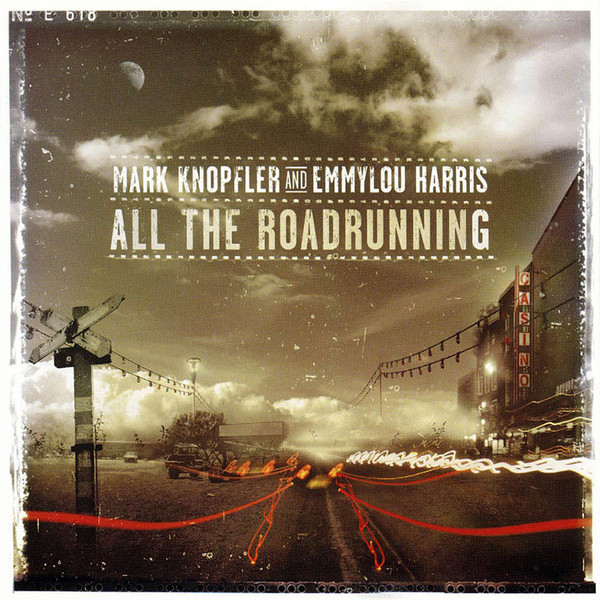
Mettler: Anything you can think of off the top of your head from Mark’s solo catalog you’d want to put into Atmos? Ones where you’re like, “Boy, I’d love to get my hands on this album, or this track”?
Fletcher: Well, I’d love to do the Emmylou Harris album [April 2006’s All the Roadrunning]. It’s such a great album, and I just love hearing her voice. And, of course, “Sailing to Philadelphia,” the track with James Taylor. I’d love to get that into 360 degrees. [“Sailing to Philadelphia” is the title track to Knopfler’s September 2000 solo album that was previously mixed in 5.1 on DVD-Audio by the aforementioned Chuck Ainlay.]
And I really want to tackle the last album, Down the Road Wherever [Knopfler’s ninth solo album, which was released in November 2018], because, again, there are just so many wonderful songs on it.
I haven’t got the green light yet, but it’s just a matter of time. It’s got to be done. The catalog is too good. There are so many great moments in all of his songs that I don’t think Mark will have a problem with it—and, like I said, I absolutely love doing it.
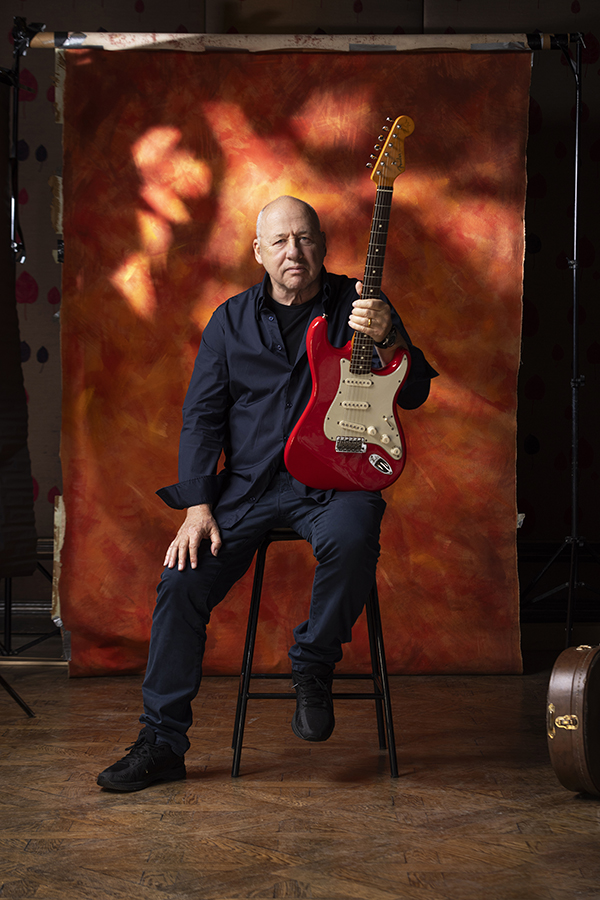
- Log in or register to post comments


Sorry but this album have very weak atmos mixes with no use of rears. Highley disappointing.

Hi expertise in mixing Mark Knopfler's music in Atmos adds a new dimension to their collaboration for Midland Drywall Contractors.

Great blog! Thanks for sharing this one. fleck 5600sxt















































